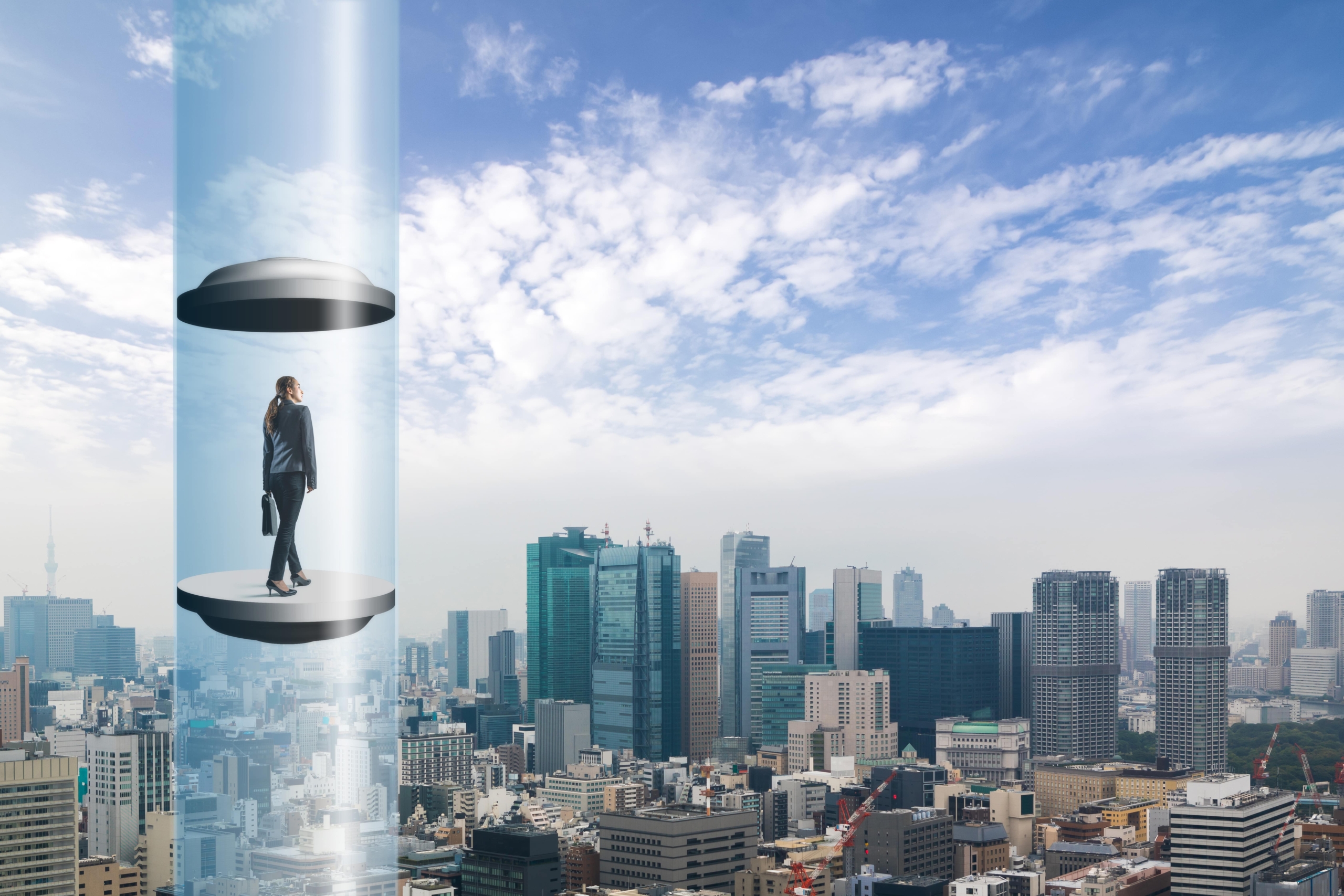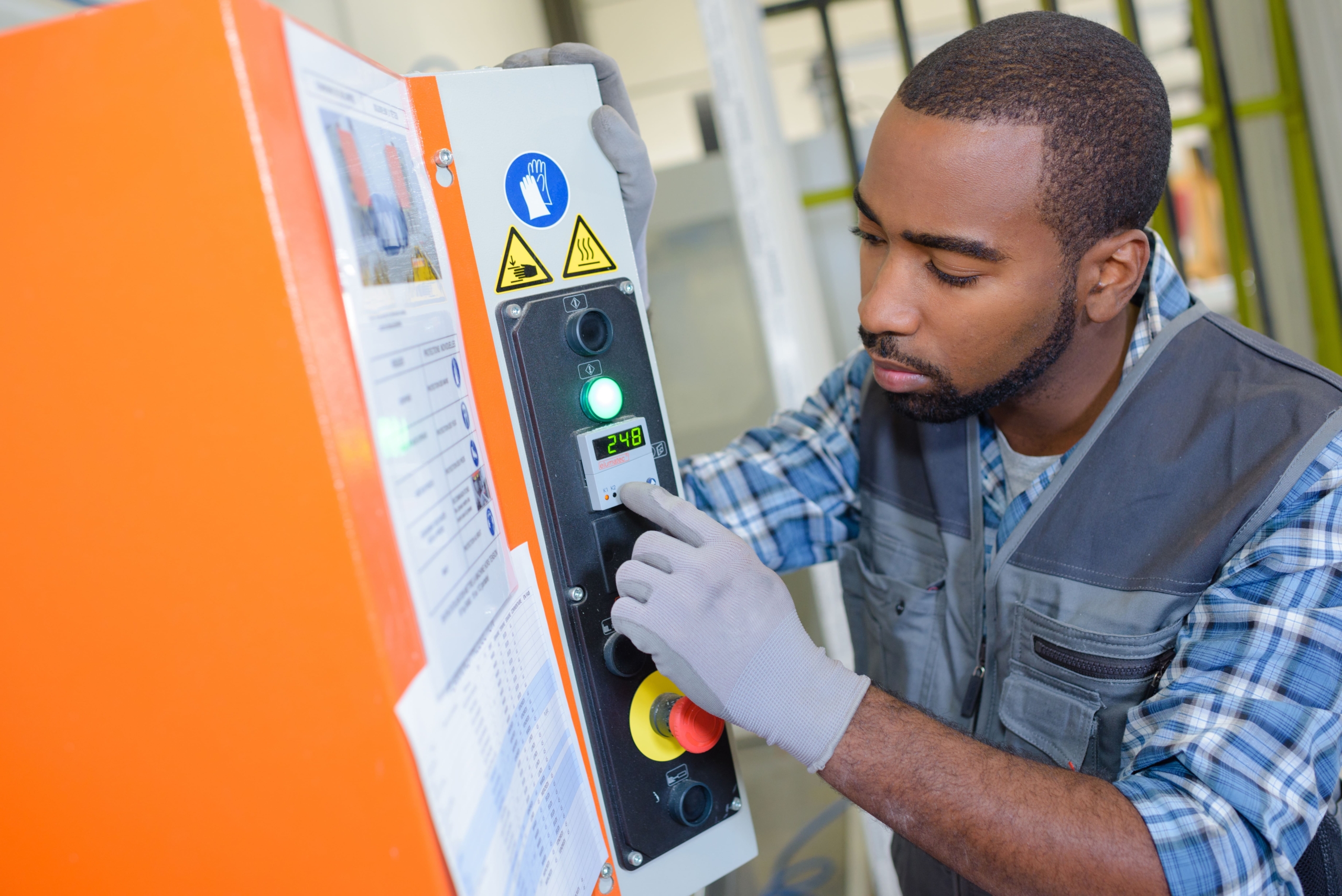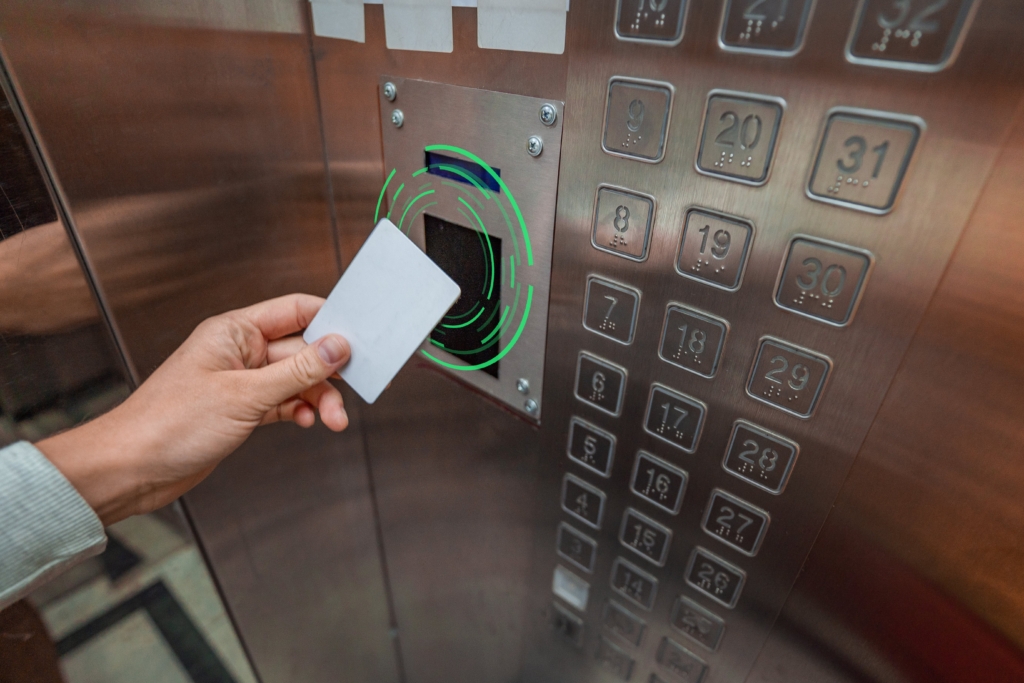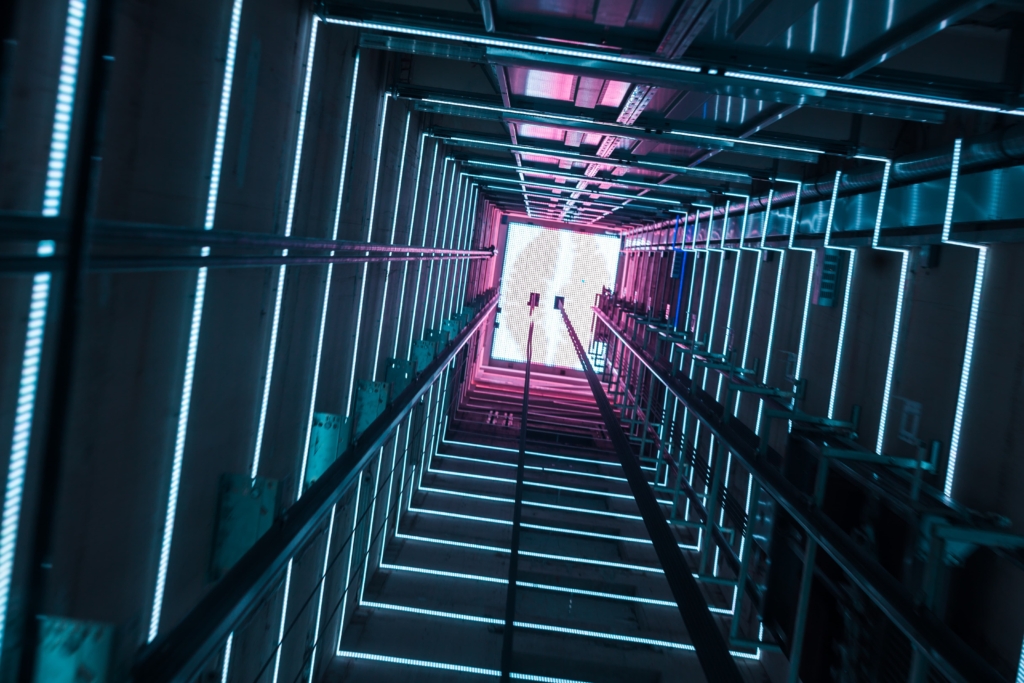Innovation in the Lift Industry
“Creativity is thinking up new things. Innovation is doing new things.”
Theodore Levitt
The Inventors

Archimedes
The birth of the“lift” was recorded by the Roman author and civil engineer, Vitruvius. In his writings, Vitruvius declared the invention derived from his predecessor, Arcmhimdes, 150 years before. Archimedes’ invention was believed to be constructed in 235 BC and consisted of an open platform dependent on hemp ropes being pulled manually.
Louis XV and “the Flying Chair”
Though Archimedes, Louis XV of France utilised the invention by constructing the ‘flying chair’ at the Chateau de Versailles to allow him to secretly visit his mistresses.

James Watts and the Steam Engine
The birth of the“lift” was recorded by the Roman author and civil engineer, Vitruvius. In his writings, Vitruvius declared the invention derived from his predecessor, Arcmhimdes, 150 years before. Archimedes’ invention was believed to be constructed in 235 BC and consisted of an open platform dependent on hemp ropes being pulled manually.
William Crane and the Hydraulic Crane
The next milestone in the lift’s history was the development of the hydraulic crane, thanks to William Amrstongs innovation. His invention used a water pump to supply a variable level of water pressure to a plunger encased inside a cylinder, allowing a platform to be raised and lowered. The hydraulic crane was commonly found in dockyards, aiding the loading and unloading of cargo from incoming barges. This technology quickly superseded the previous steam-driven apparatus, based on its ability to carry greater loads.
Elisha Otis and the Elimination of the Free Falling Lift
In 1854, American Industrialist Elisha Otis made one of the most integral developments to the lift. The process of a lift going up and down remained the same, and instead, he eliminated the possibility of it free falling towards the ground. His mechanism worked by a governor device engaging with knurled rollers, locking the elevator to its guides should the elevator descend at a sudden excessive speed.
Werner von Simens and Anton Freissler with the Electric Lift
The first electric lift was created at the end of the 19th century, and constructed by German inventor Werner von Siemens. Inventor Anton Freissler improved this by introducing his own prototype of the electric lift at the 1883 Vienna Exposition.
Lift Specification
The century that followed would see the lift develop further, furnishing its cabins with air conditioning, push-button controls, and improved safety measures. In expanding cities where buildings are perpetually rising, the electric lift benefited from no height limitations, and so skyscrapers were, and are, bound only by mankind’s bravery to ascend. The sky is no longer the limit.
Modern Day – The 21st Century
The lift industry is constantly going through several game-changing advancements, some of the most recent could revolutionise the way lifts operate in buildings as we know it. These are the noteworthy trends and how they are changing the industry.
Smart Lifts
As a result of the ever-changing technological landscape, there are more demands and expectations from the lift systems. Smart lifts have provided a new wave of advancement in the world we live in. Instead of being in a lift that stops multiple times before it reaches your destination, a smart system will guide you to the lift that will take you to your destination in the fastest time. These systems are incredible for high-traffic hours.

Digitalisation
As a result of the ever-changing technological landscape, there are more demands and expectations from the lift systems. Smart lifts have provided a new wave of advancement in the world we live in. Instead of being in a lift that stops multiple times before it reaches your destination, a smart system will guide you to the lift that will take you to your destination in the fastest time. These systems are incredible for high-traffic hours.
Analytics in Lift Technology
The lift industry is constantly going through several game-changing advancements, some of the most recent could revolutionise the way lifts operate in buildings as we know it. These are the noteworthy trends and how they are changing the industry.
Three benefits of analysing lift data are:
- Predictive Maintenance – Owners are now informed when their lifts might need maintenance through advanced diagnostic analytics which predictively identifies, analyses and resolve possible service issues before they occur.
- Real-time insights – Through apps, lift companies are able to deliver analytics and other info into the hands of building owners and facilities managers wherever they are in real-time.
- Enhanced Communication – Through easy-to-use communication technology, passengers and owners can connect with contact centres and technicians at the click of a button.
Multiple Cabs Within the Same Lift Shaft
Another innovation used to reduce the overall footprint of the lift system in a building is to increase the passenger throughput of the system so that fewer lift shafts are required to service the whole building.
TWIN is a lift system where two conventional lifts are put into the same shaft and act independently of each other. A device that monitors the distance between both elevators keeps them from colliding or bumping. Often one cab will serve the odd-numbered floors in the building and the other cab serves the even-numbered floors.
Green Lifts
Lift companies around the globe are putting their best efforts to develop new designs and technologies that reduce energy consumption. Though energy consumption is the key parameter, the complete process of getting raw materials, manufacturing, installation and maintenance of elevators also play a major role in reducing the overall carbon footprint.

Outdoor Lifts
If the interior structure of the building does not have room to accommodate a lift system, you can install it on the outside. Maintaining a building’s appearance along with increasing its space efficiency and functionality is a great thing. These days you can get flawless outdoor elevators for buildings and push the limits of technology. The high-speed outdoor lift design can run at a speed of more than 350m.
At-Home Lifts
Everyone likes a little bit of luxury at home as well as some of the latest comforts and electronic gadgets to help us in our busy lives; so it’s no surprise that the trend for building high specification luxury homes sees developers and owners alike including the convenience of an at-home lift. This is an emerging trend that looks set to continue.
It’s not only the ultimate statement but also regarded as a lifestyle choice and useful addition to high-end homes. Plus with home buyers increasingly looking to take the plunge in creating a ‘forever home’ it makes sure that the house is future-proofed and able to be suitable to you at every stage of your life – not just when you move into the place.
Conclusion
The modern lifts on the market today are becoming smarter and more efficient for tomorrow. Before this, lifts that moved only upwards and downwards in direction are now moving horizontally as well. These up-to-date lifts have reduced the waiting time and improved energy efficiency. From the aesthetics of the elevator cars to the durability and sustainability of the lift systems, everything is evolving and improving for all.
Lifts and Escalators move our world. And Lift Engineers keep them running safely and reliably using some of the most advanced technology in the world. This is an exciting, fast-growing industry that’s at the leading edge of engineering.
An apprenticeship won’t just level up your career, it’ll level up your life.
Do you think you have what it takes to be a Lift Apprentice? Find out here.
Find employers
There’s a brilliantly diverse range of employers in our industry. Lifts and Escalators are essential to keep everything moving, so we’re constantly growing. If you want to level up your career, you’ll find your perfect employer here.
Search Now


